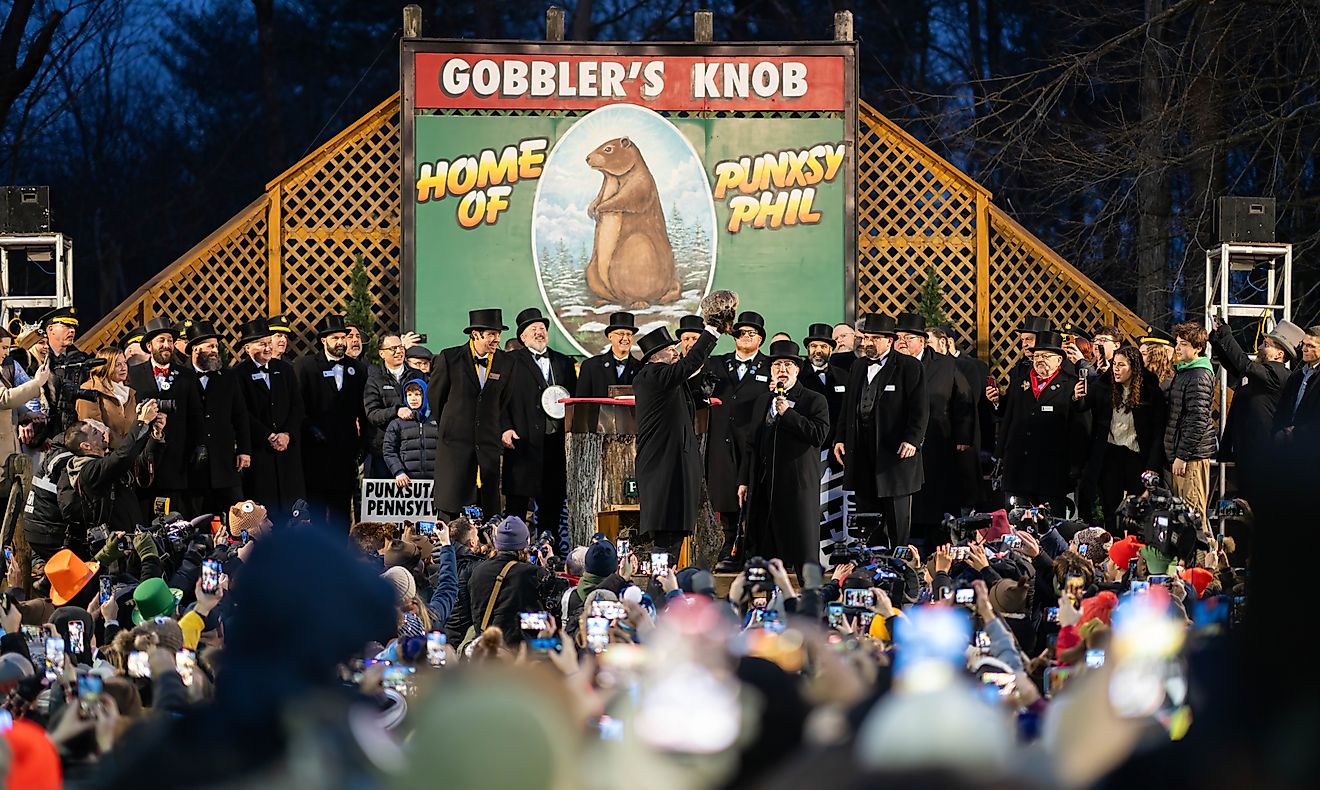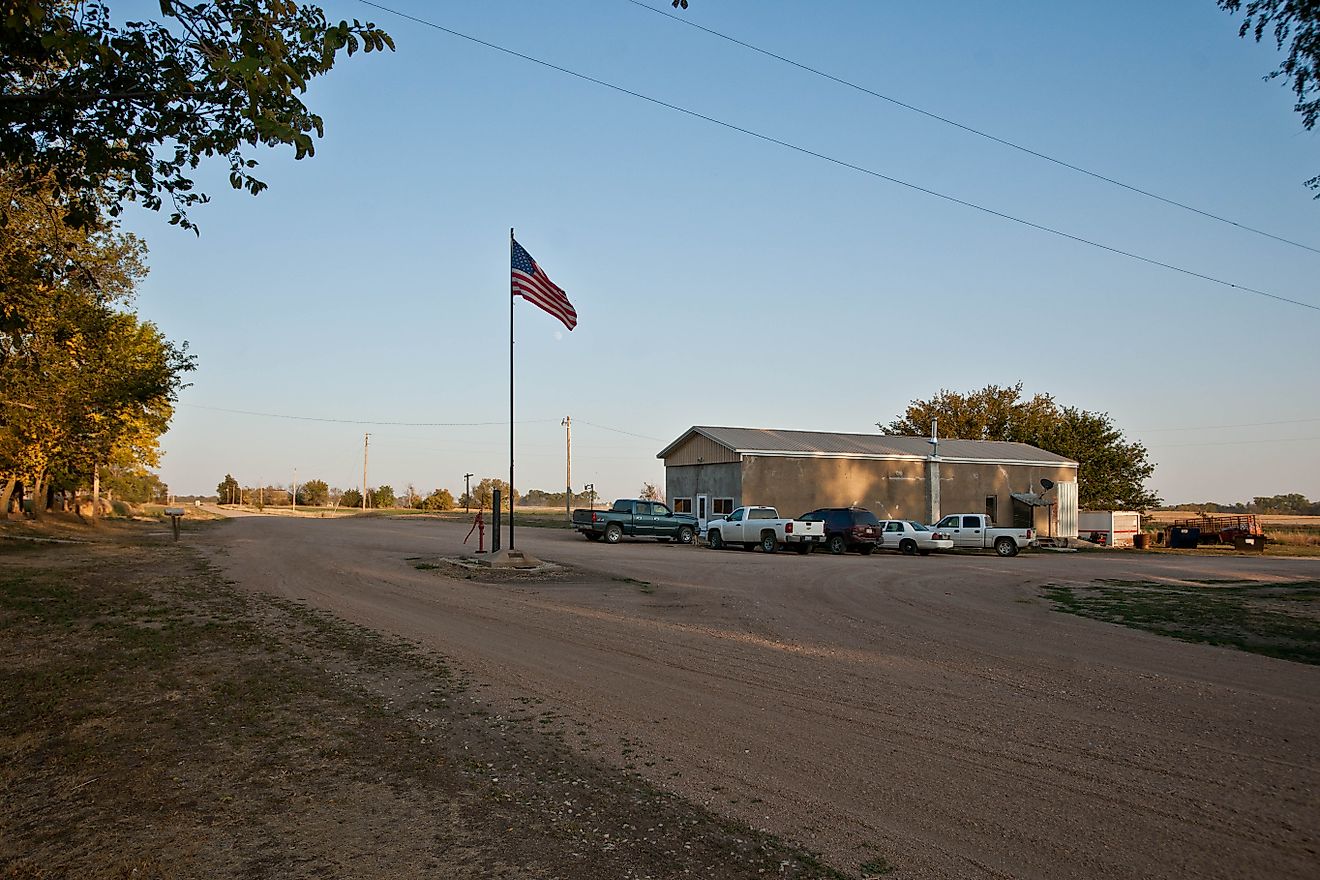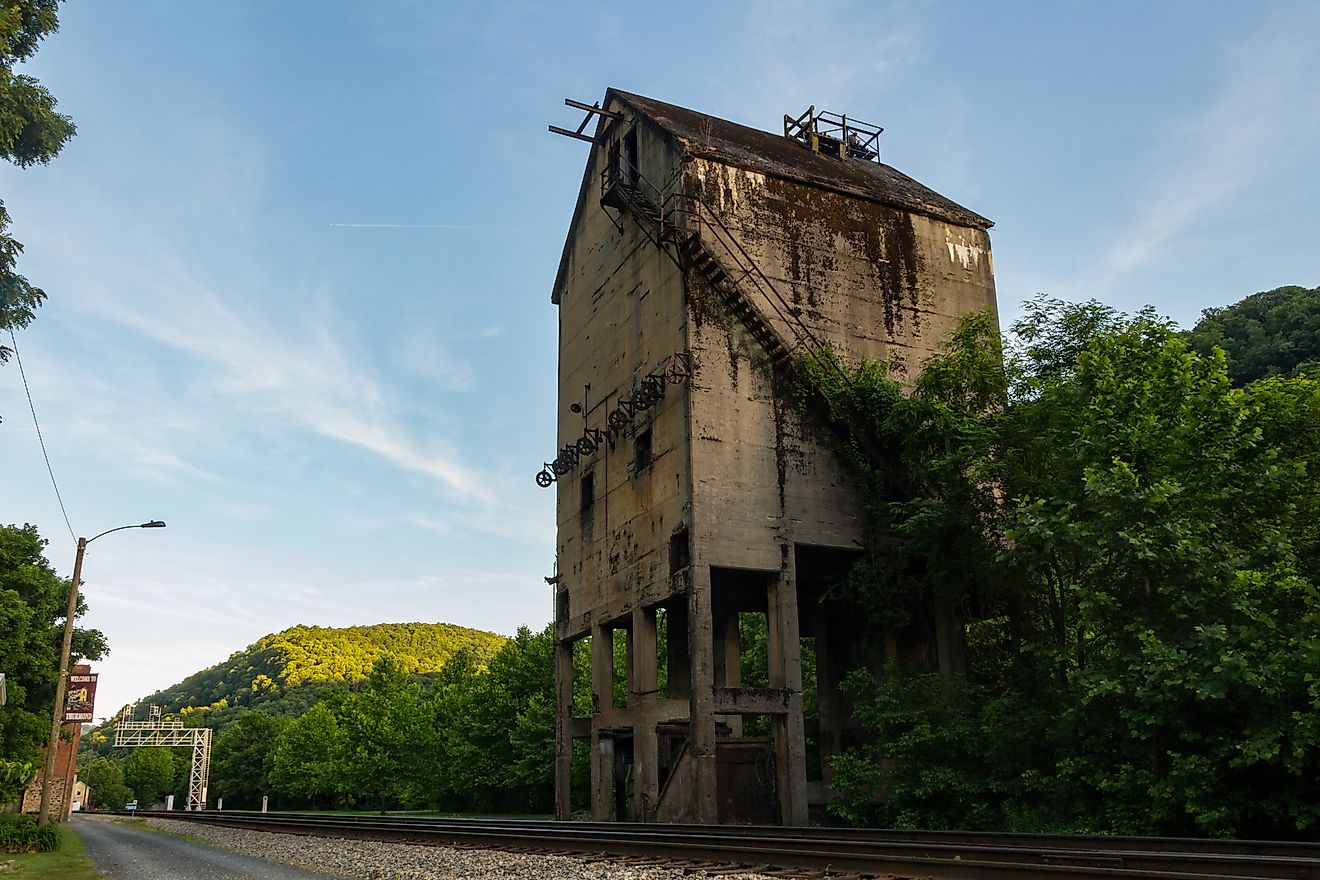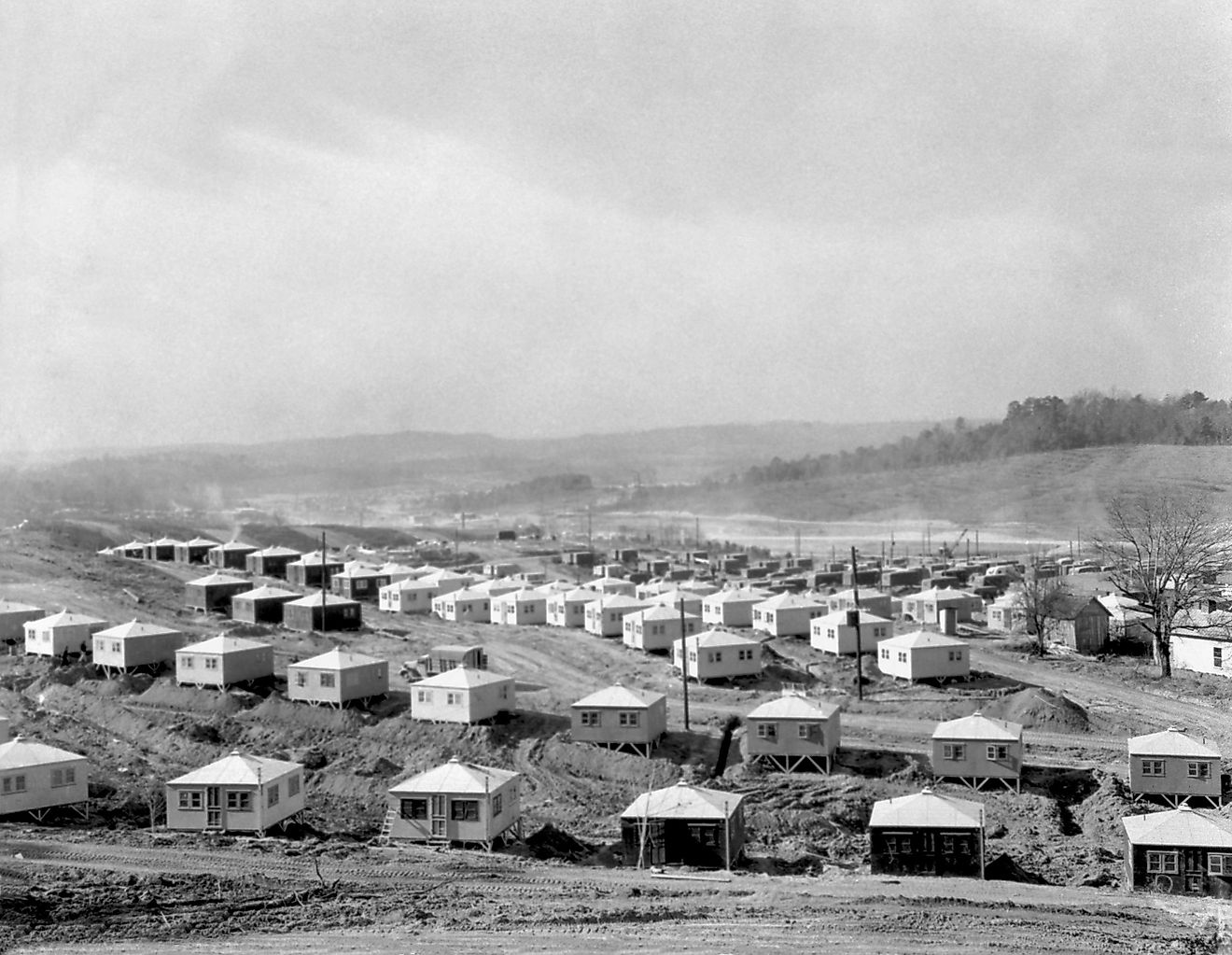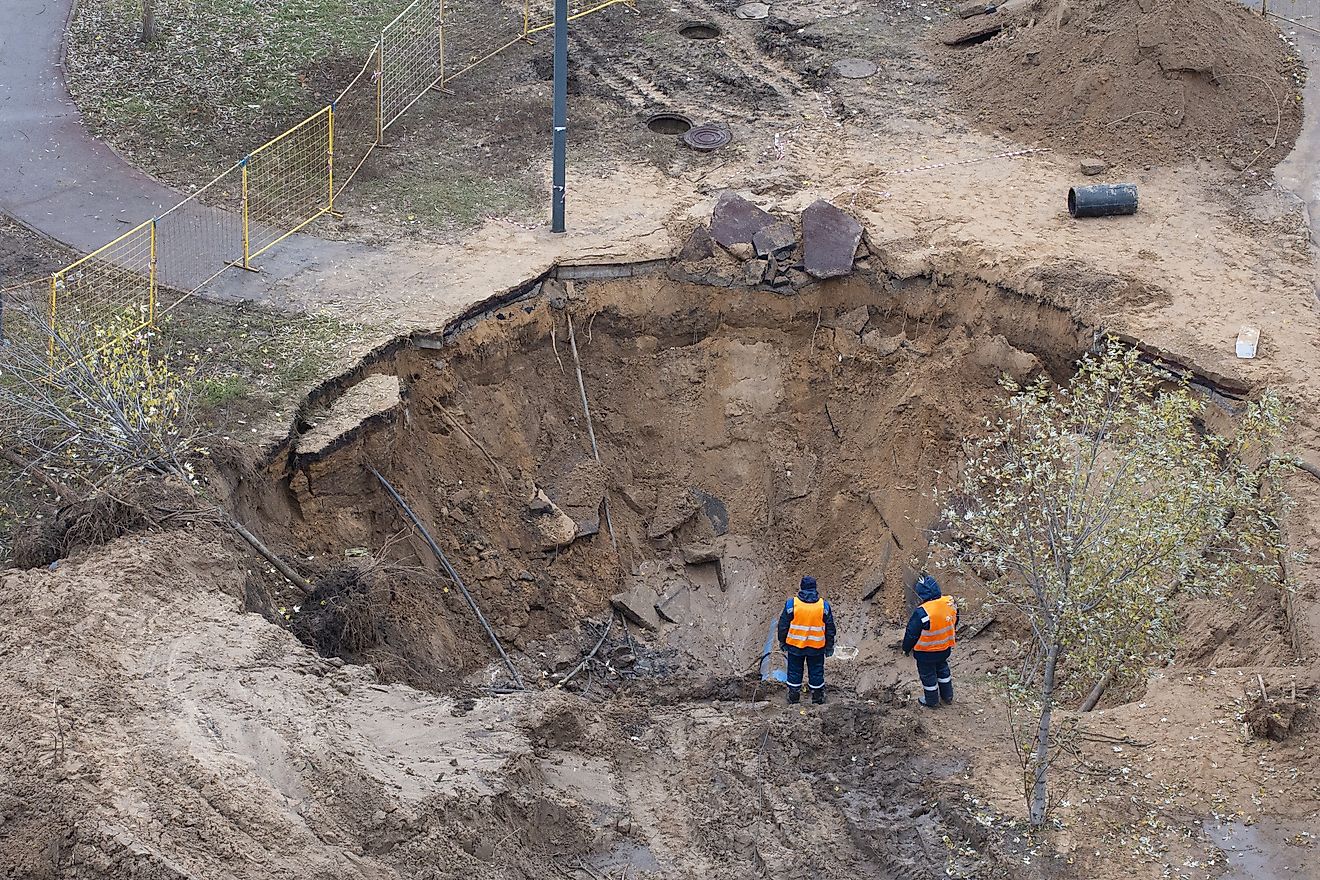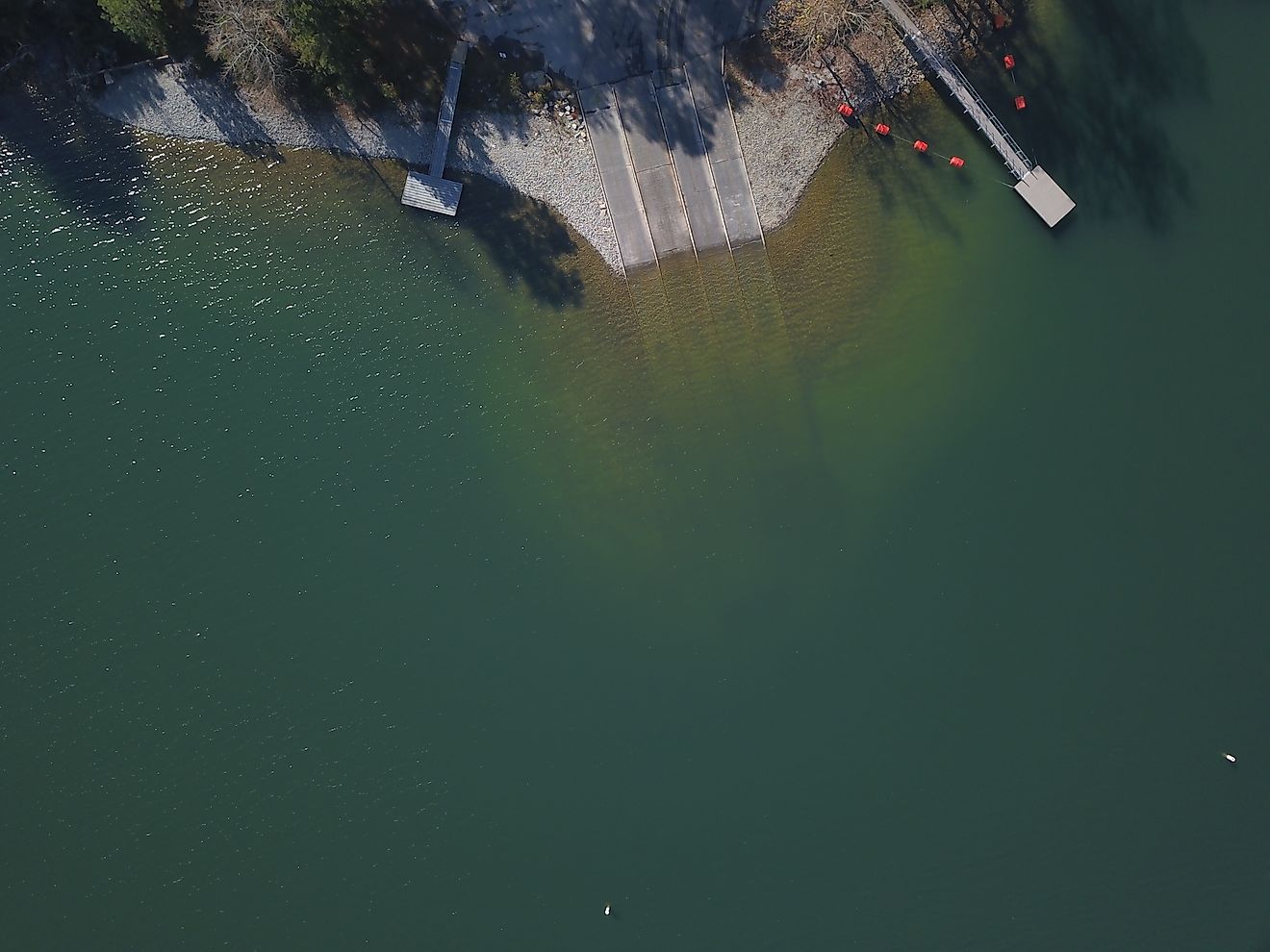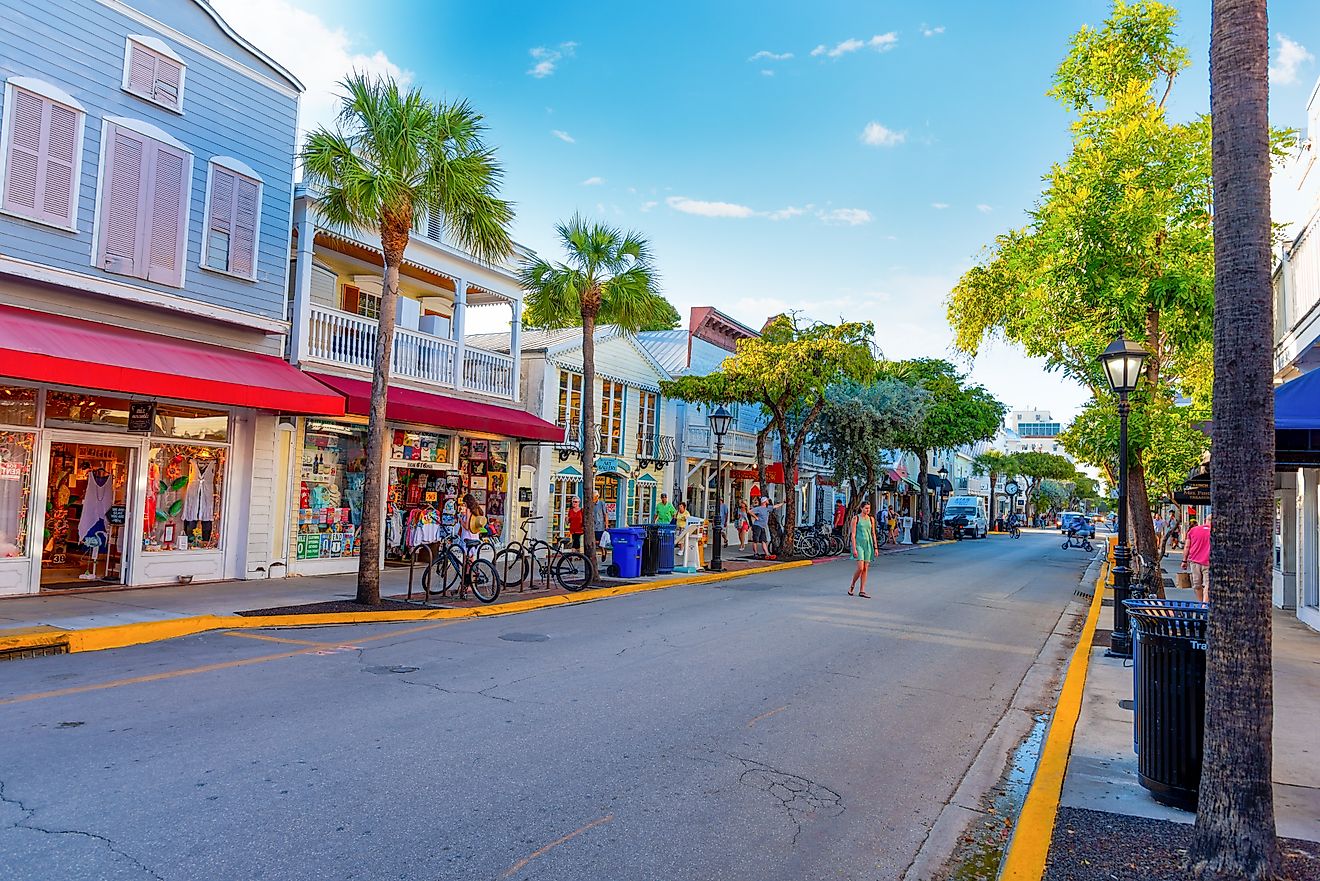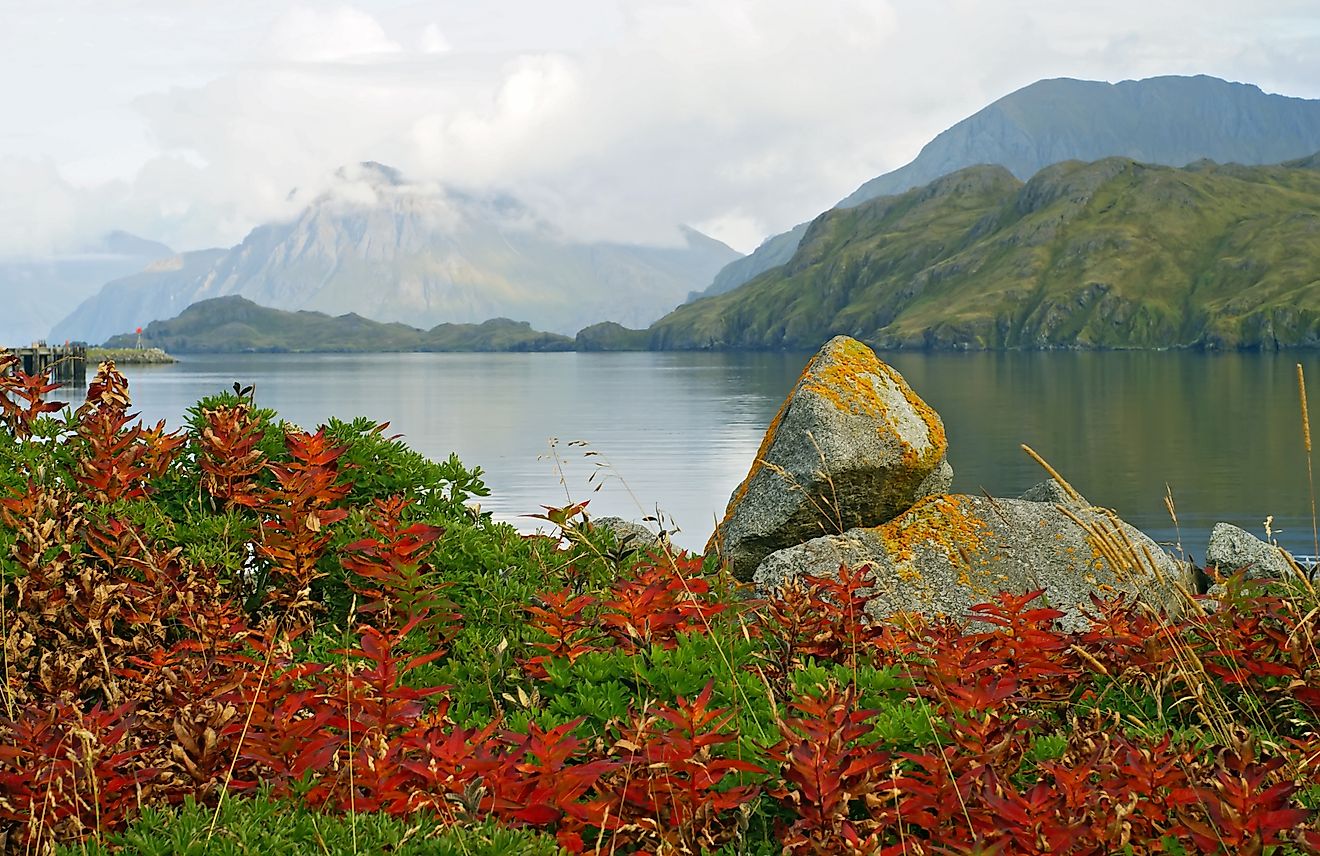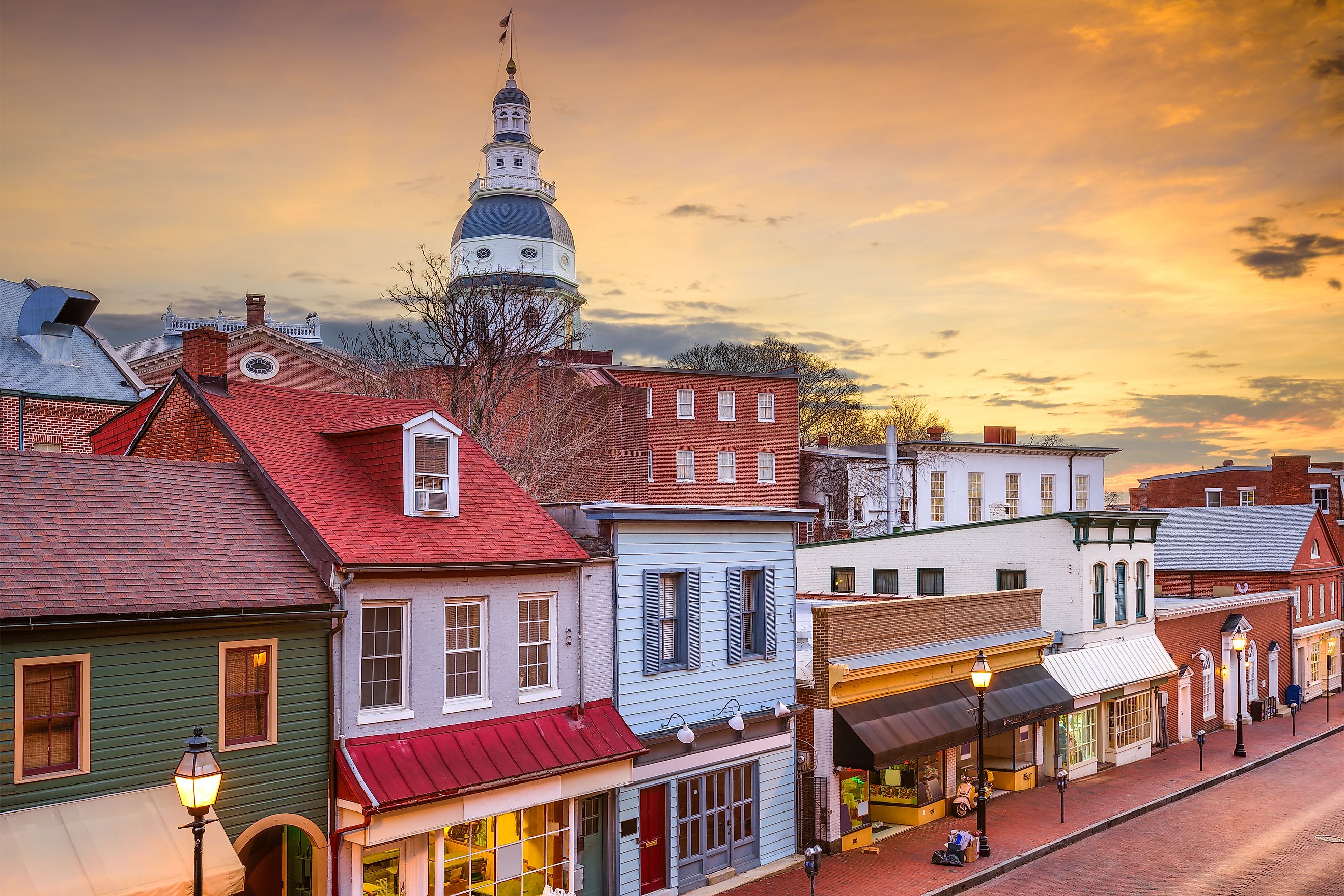
The 7 Oldest Towns in Maryland You Must See
Maryland’s earliest towns tell the story of colonial ambition, maritime trade, and the birth of American democracy. Set along rivers, harbors, and forested inlets, these towns were among the first European settlements in the region. They shaped the cultural and political fabric of the state long before it became part of a new nation.
From cobblestone streets and 17th-century courthouses to harbor ferries still in service, these towns reveal layers of history worth exploring. Each one stands as a living archive of Maryland’s past, filled with character, stories, and enduring charm.
St. Mary’s City

Founding Date: 1634
St. Mary’s City was Maryland’s colonial capital and one of the first European-founded settlements in English America. Established by settlers under Leonard Calvert, it became the spiritual and political heart of the colony, serving as a center of governance, trade, and early religious tolerance. It was here that Maryland's experiment in religious freedom began, making the town significant not just in state history, but in the broader American story.
Although the original town eventually faded after the capital moved to Annapolis, its legacy remained buried beneath farm fields until archaeologists began uncovering its past. Today, it is a nationally recognized archaeological and living history area where visitors can walk through reconstructed colonial buildings, view excavated foundations, and engage with interpreters in period dress.
What to See & Do:
-
Historic Foundations Park: Explore excavated colonial structures including the state house, chapel, and colonists’ dwellings based on archaeological evidence.
-
Living History Museums: Reenactors in period attire portray daily life in the 17th century, working in workshops or guiding interactive demonstrations.
-
Campus Green Scene: Adjacent St. Mary’s College adds vibrant cultural energy with concerts, lectures, and waterfront trails.
Annapolis
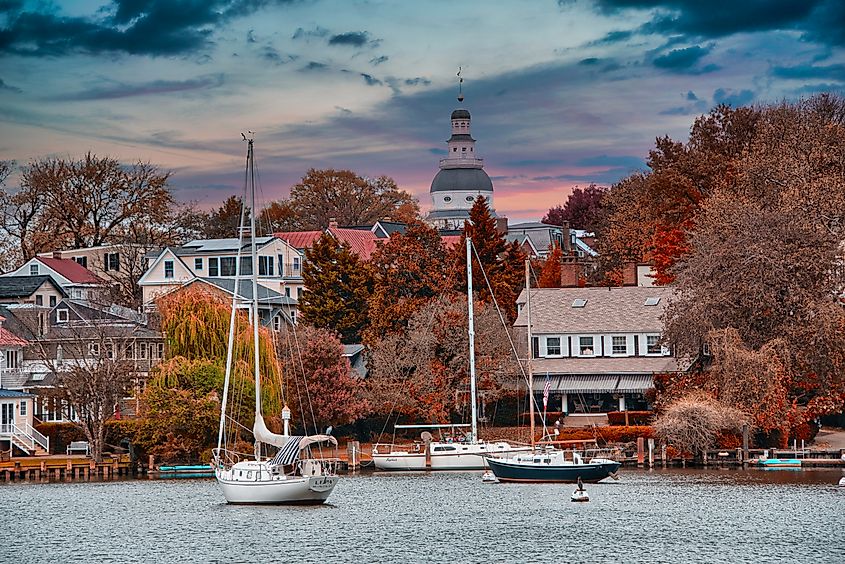
Founding Date: 1649
Originally founded as Providence, the town was renamed Annapolis in 1694 in honor of Princess Anne. Colonial dockyards, wealthy merchants, and skilled tradesmen fueled its early prosperity, turning the town into a key center of commerce and government in the Chesapeake region. Its brick streets and historic waterfront reflect centuries of maritime activity and political significance.
Today, the Maryland State House, the oldest legislative building in the country still in use, stands at the heart of Annapolis, anchoring a city where colonial history and modern life coexist seamlessly.
What to See & Do:
-
Maryland State House: Tour where George Washington famously resigned his military commission.
-
U.S. Naval Academy: Watch midshipmen drills, visit the Naval Academy Chapel, and see the crypt of John Paul Jones.
-
Historic Downtown: Wander brick-lined streets, colonial-era homes, and waterfront restaurants serving Chesapeake seafood.
-
Sailing Culture: Charter sailing lessons, sunset cruises, or tall-ship voyages from City Dock.
Oxford
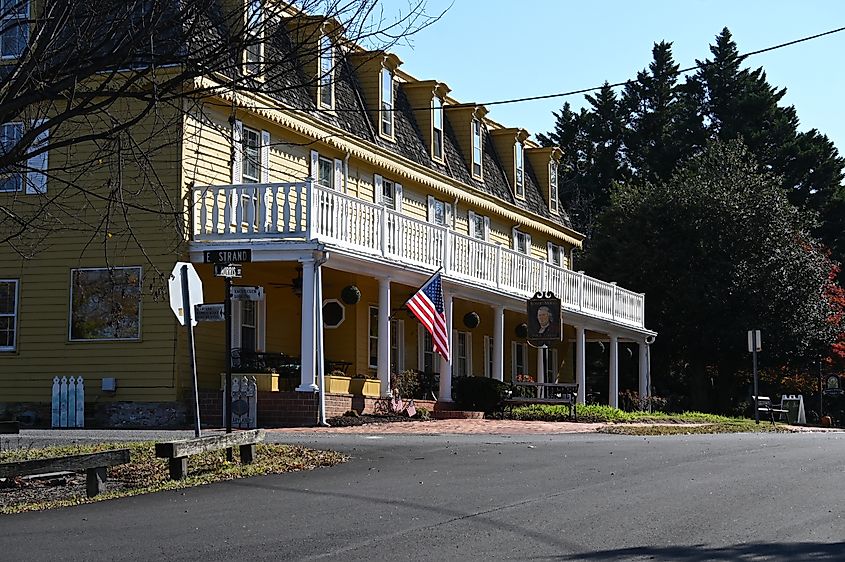
Founding Date: 1683
Located on the Eastern Shore, Oxford was one of the first official ports of entry for the Maryland colony. Founded in 1683, the town quickly became an important shipping hub for tobacco and other colonial goods, playing a vital role in early trade across the Chesapeake Bay. Its harbor bustled with ships bound for England, and the wealth generated by commerce helped shape Oxford into a prominent town during the colonial period.
Today, it’s a quiet waterfront village that retains much of its 18th-century charm.
What to See & Do:
-
Oxford-Bellevue Ferry: Operating since 1683, this is one of the nation’s oldest private ferry services.
-
Historic Homes & Waterfront: Stroll through colonial-era houses transitioning into modern cafes, galleries, and inns.
-
Natural Trails: Walk or bike around Port of Oxford Park with picnic spots and marsh views.
Cambridge
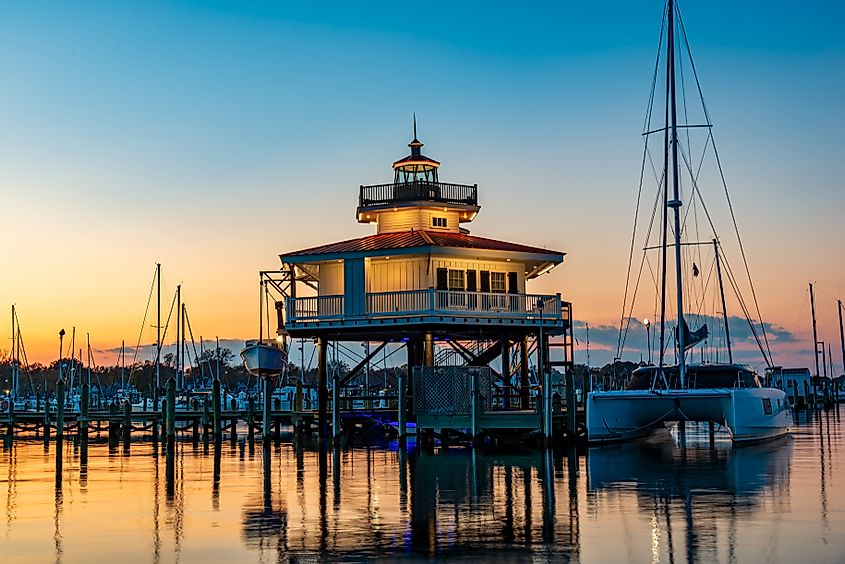
Founding Date: 1684
Located on the Choptank River, Cambridge grew around a trading post and weaving mills, which helped establish it as one of the Eastern Shore’s most active colonial towns. It became a central hub of maritime and political activity, with ships frequently docking to load seafood, timber, and agricultural products bound for larger ports. Its waterfront position made it a natural point of commerce and connection, contributing to its early prosperity.
Today, Cambridge is notable not only for its cultural vibrancy and revitalized downtown, but also for its powerful ties to the story of Harriet Tubman and the Underground Railroad. Murals and museums celebrate this history, while the nearby Blackwater National Wildlife Refuge adds stunning natural scenery and opportunities for hiking and wildlife photography
What to See & Do:
-
Museum of Rural Life: Housed in a Granary, it explores Dorchester County’s agricultural and social story.
-
Harriet Tubman Underground Railroad Center: Nearby and illuminating the life of a legendary figure.
-
Waterfront Promenade: Offers outdoor concerts, kayak rentals, and riverfront dining.
Chestertown
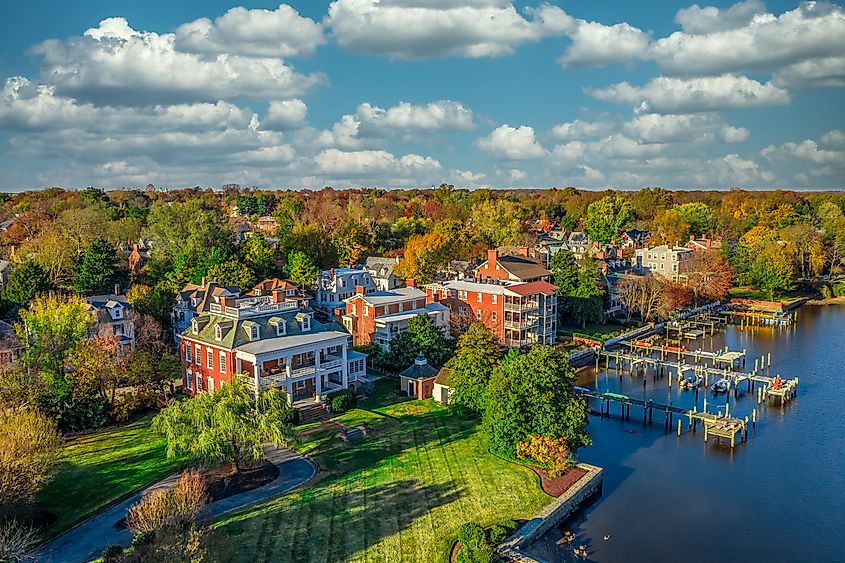
Founding Date: 1706
Chartered by Queen Anne in 1706, Chestertown quickly rose to become one of Maryland’s most prosperous colonial ports. Its strategic location on the Chester River allowed it to thrive as a center for trade, shipping tobacco, and other goods throughout the colonies and overseas.
The town’s wealth during the Georgian era is reflected in its beautifully preserved brick homes, stately avenues, and elegant public buildings. These historic streetscapes not only showcase Chestertown’s mercantile success but also its role as a hub of intellectual and cultural life in early America.
The town’s heritage is celebrated today through ongoing preservation efforts, vibrant arts scenes, and annual events that honor its colonial past.
What to See & Do:
-
Chestertown Historic District: An impressive showcase of colonial residences, period lamp posts, and antique storefronts.
-
Washington College: Founded in 1782, one of America’s oldest colleges, offering public lectures and scenic grounds.
-
Chestertown Tea Party Festival: A Revolutionary reenactment with costumed actors, ships, and original-Friday flare.
Easton
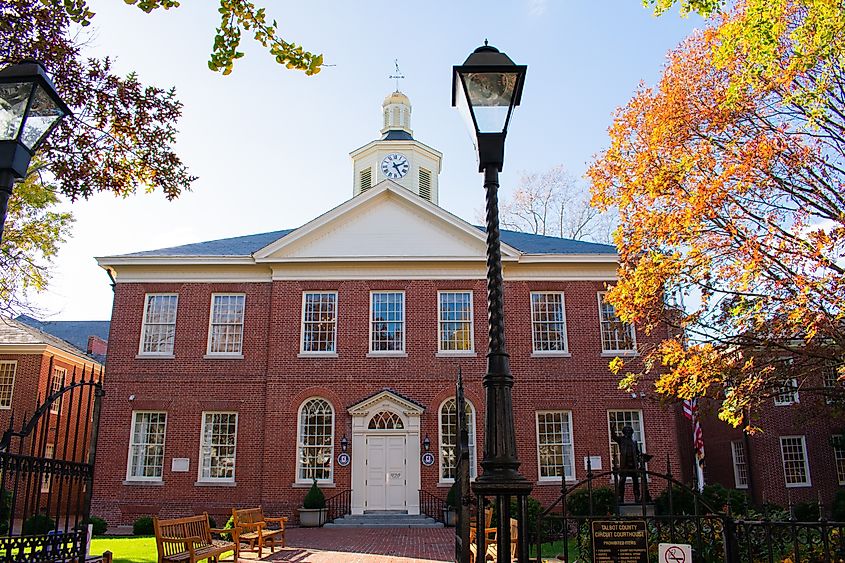
Founding Date: 1710
Easton traces its roots to the historic Talbot Courthouse Square, the heart around which the town was originally established. Founded by Quaker settlers in the early 18th century, Easton quickly grew as a center of justice and community life on Maryland’s Eastern Shore.
The courthouse itself, first constructed in the late 1600s and rebuilt in 1794, became the focal point for legal affairs and county governance, attracting residents, merchants, and officials. This early foundation as a place of law and order helped shape Easton’s identity as a hub of culture, politics, and commerce in the region.
The Quaker influence instilled values of fairness, simplicity, and community, which can still be felt today in the town’s welcoming atmosphere and preservation of its historic architecture. Over the centuries, Easton evolved into a vibrant center for arts, education, and civic engagement, while maintaining its strong ties to the Chesapeake Bay and surrounding rural landscapes.
What to See & Do:
-
Talbot County Courthouse: A Georgian-era court building that remains a visual icon.
-
Main Street Art & Dining: Pins modern galleries, upscale restaurants, and local staples along charming sidewalks.
-
Douglass Legacy: Honoring the life and impact of Frederick Douglass with plaques, tours, and museum displays.
Cumberland
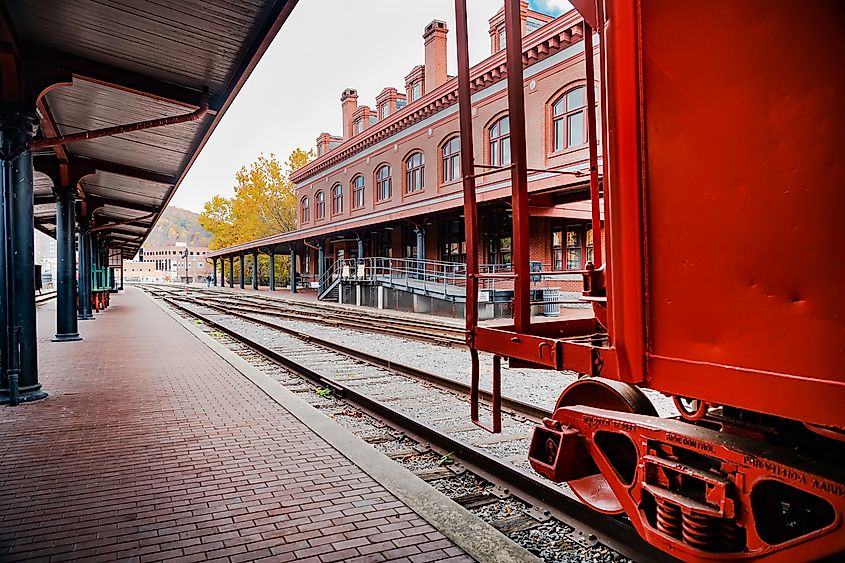
Founding Date: 1787
Tucked into the foothills of the Allegheny Mountains in Western Maryland, this former frontier outpost blossomed into a major transportation and industrial hub during the 19th century. Known as the "Queen City," it was once the second-largest city in the state, strategically positioned at the crossroads of early American trade routes.
Cumberland played a pivotal role in the nation's expansion. It was the starting point of the National Road, the country’s first federally funded highway, which opened up the West to settlers and commerce. The city also marked the western terminus of the Chesapeake & Ohio Canal, which connected it to Washington, D.C. Today, visitors can walk or bike the scenic C&O Canal towpath, a peaceful journey along the Potomac River lined with forested hillsides and historic canal locks.
What to See & Do:
-
C&O Canal National Historic Park (Mile 0): Walk or bike the canal towpath starting in Cumberland.
-
Western Maryland Scenic Railroad: Ride vintage rail cars through mountainous terrain.
-
Historic Downtown: Brick storefronts, Victorian architecture, restaurants, galleries, and arts studios.
Beyond Borders and Time
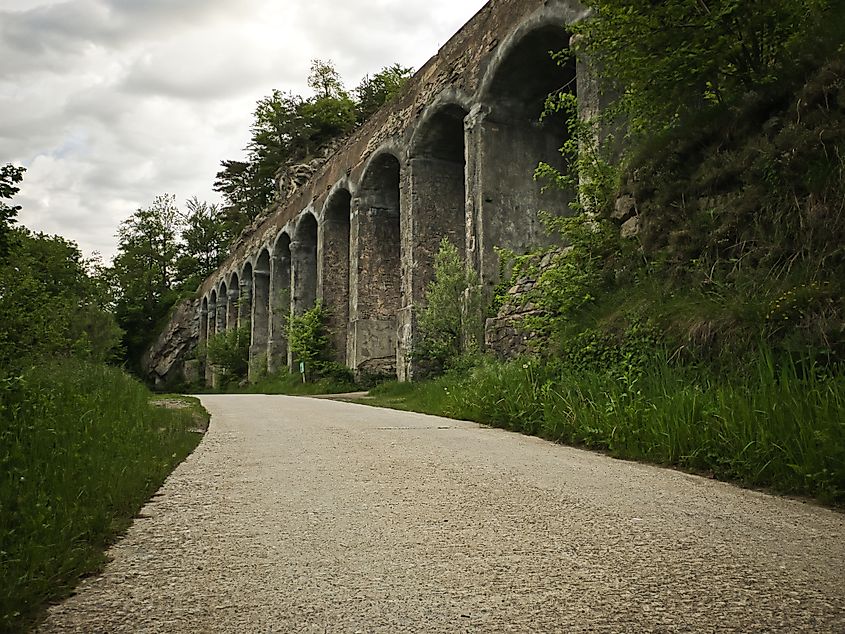
These seven towns exist at the crossroads of colonial ambition, economic growth, and cultural innovation. They aren’t static monuments but dynamic living communities—where the past meets the present in everyday strolls, river breezes, and the voices of residents carrying stories across centuries.
For travelers eager to feel history beneath their feet, savor early-American architecture, and explore scenic East Coast landscapes away from crowded bus tours, Maryland’s oldest towns deliver a meaningful journey into America’s layered legacy.
The Oldest Towns in Maryland
| Town | Founded | Key Highlights |
|---|---|---|
| St. Mary’s City | 1634 | Colonial capital, living history, archaeology |
| Annapolis | 1649 | State House, Naval Academy, colonial streets |
| Oxford | 1683 | One of MD’s first ports, historic ferry |
| Cambridge | 1684 | Maritime center, Harriet Tubman museum |
| Chestertown | 1706 | Georgian architecture, Tea Party Festival |
| Easton | 1710 | Quaker roots, Frederick Douglass connections |
| Cumberland | 1787 | C&O Canal, scenic railroad, Appalachian culture |
